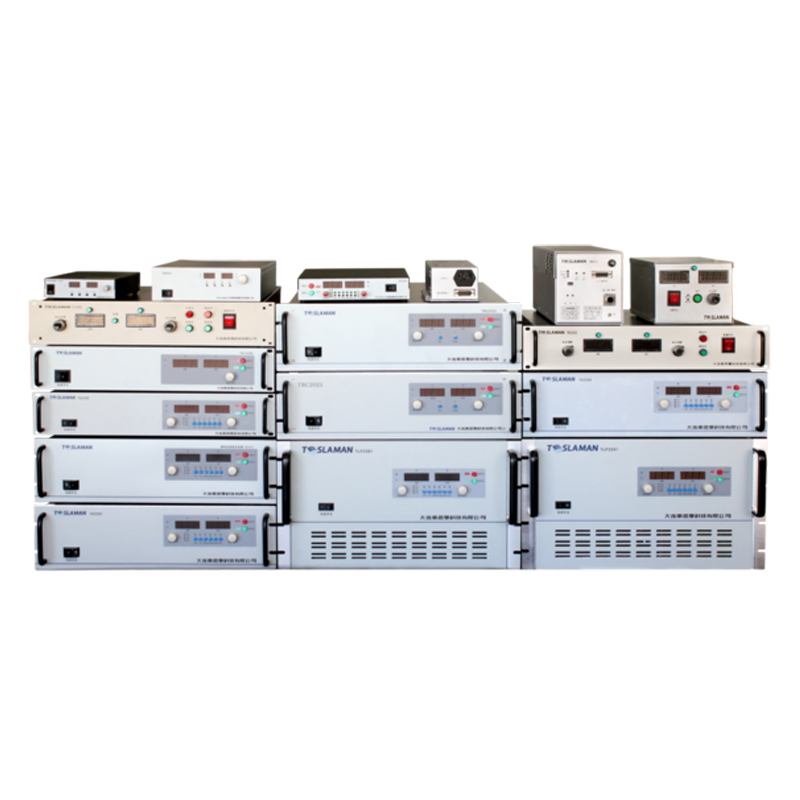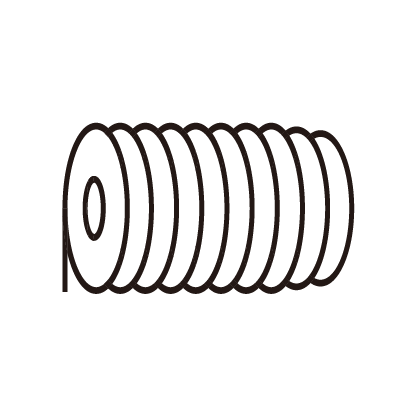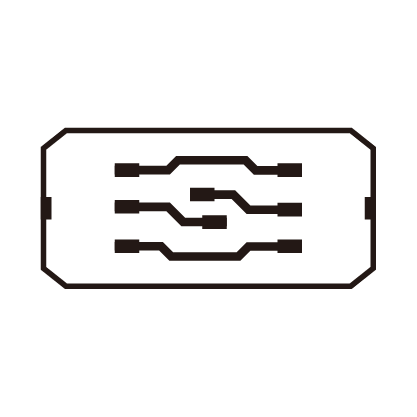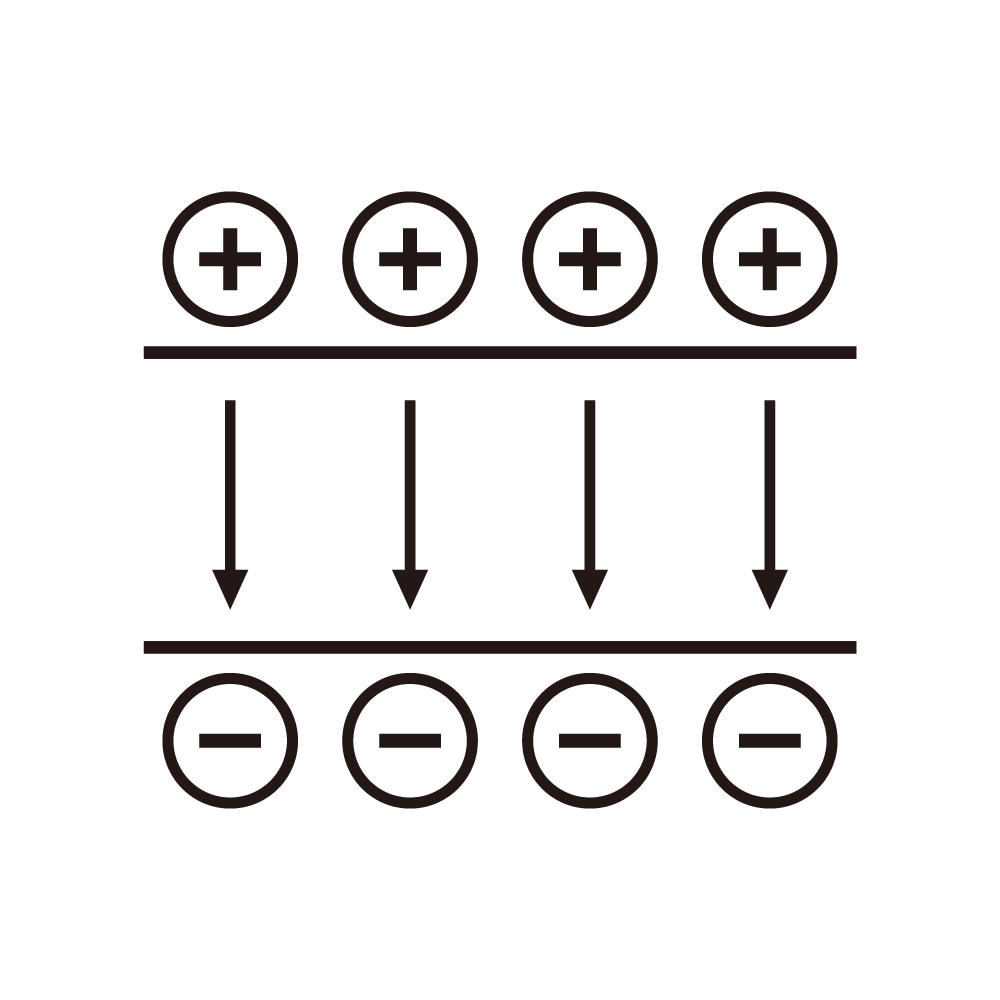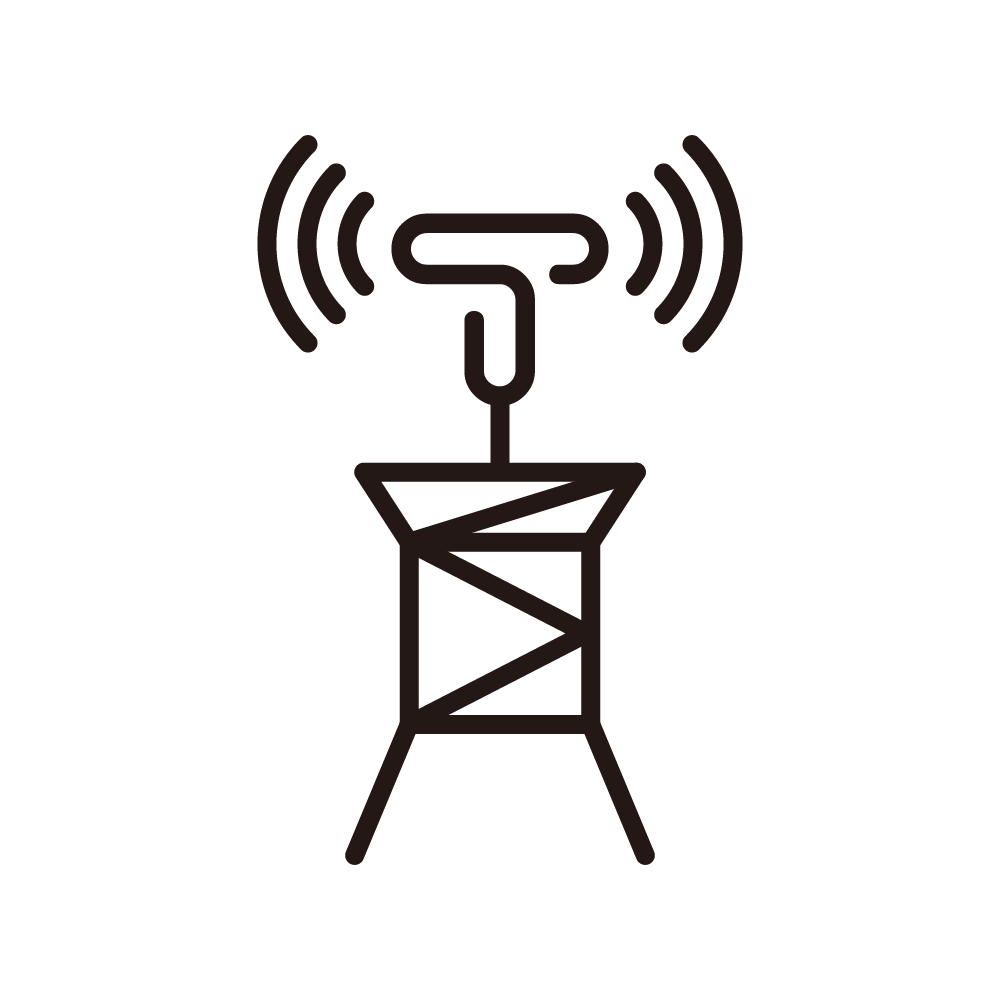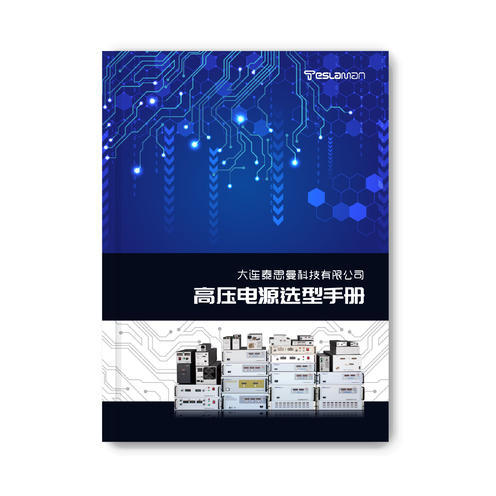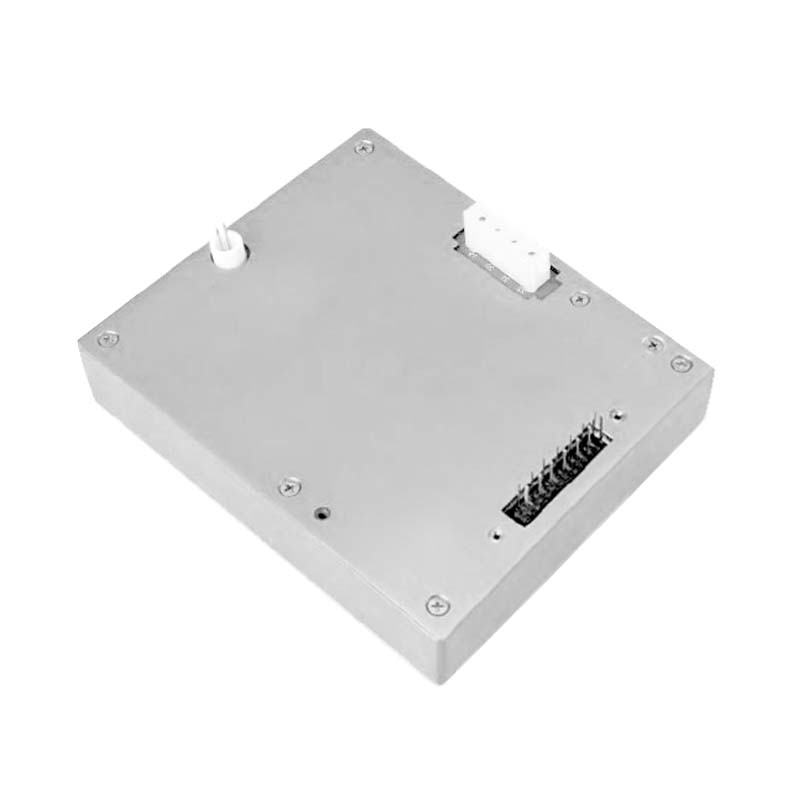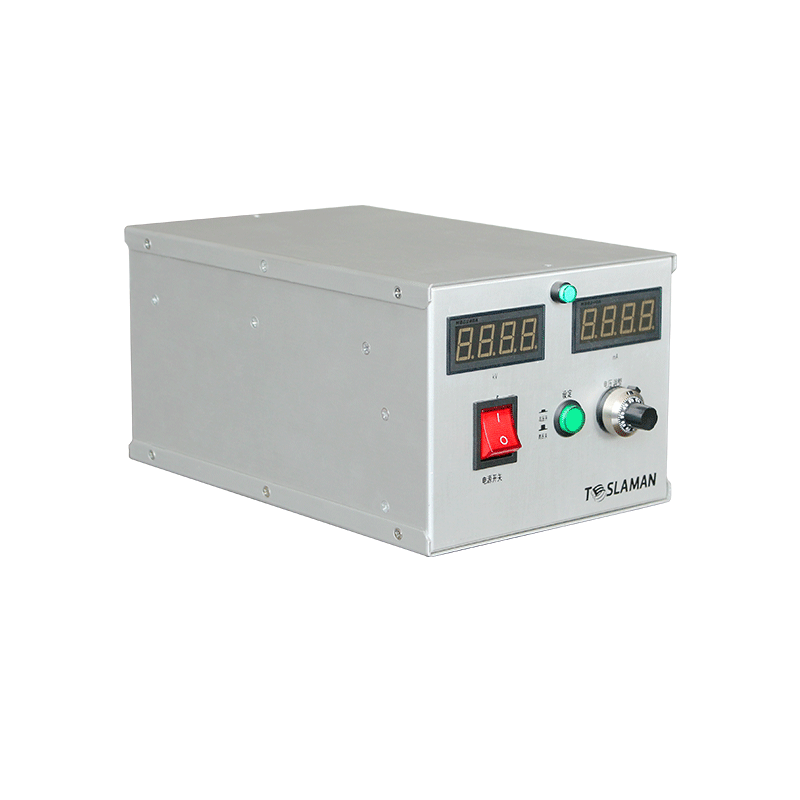Precision Control Method for Pulse Repetition Frequency of High-Voltage Pulse Power Supply
High-voltage pulse power supplies (HVPPs) are widely applied in industrial fields such as plasma processing, non-destructive testing, and pulse electroplating, where the pulse repetition frequency (PRF) directly determines processing efficiency, energy utilization, and product quality. However, traditional PRF control methods based on analog circuits suffer from poor stability, high temperature drift, and difficulty in adapting to load changes, leading to PRF fluctuations that exceed 5% in practical operations—this severely limits the application of HVPPs in high-precision scenarios.
To address this issue, a digital-controlled PRF precision control method based on field-programmable gate array (FPGA) and phase-locked loop (PLL) technology is proposed. The core of this method lies in three key modules: first, a high-speed frequency acquisition module equipped with a 12-bit analog-to-digital converter (ADC) and a 32-bit counter, which samples the actual PRF of the HVPP output at a rate of 1 MHz, ensuring real-time capture of frequency deviations. Second, a PLL-based frequency stabilization module that locks the reference clock signal (generated by a temperature-compensated crystal oscillator with a frequency stability of ±0.1 ppm/°C) to the sampled actual frequency, reducing frequency jitter caused by power supply voltage fluctuations and load impedance changes. Third, a closed-loop feedback adjustment module that compares the sampled PRF with the set value (with a resolution of 1 Hz) and dynamically adjusts the gate drive signal of the power switch (such as insulated gate bipolar transistor, IGBT) through a proportional-integral-derivative (PID) algorithm, achieving PRF adjustment within a response time of 10 μs.
In practical application verification, this control method was integrated into a 50 kV/100 A HVPP for plasma etching. The test results showed that when the load impedance changed from 500 Ω to 1000 Ω and the ambient temperature varied between -10 °C and 50 °C, the PRF fluctuation was controlled within ±0.1%, and the etching uniformity of the silicon wafer was improved by 12% compared with the traditional analog control method. This method not only enhances the precision and stability of PRF control but also has strong adaptability to complex working environments, providing technical support for the high-precision application of HVPPs.
